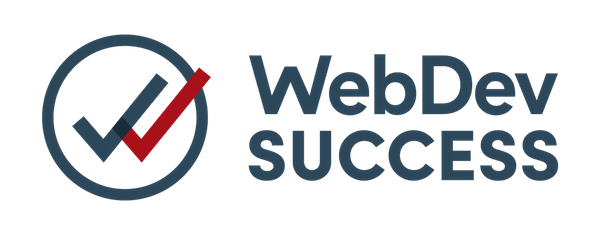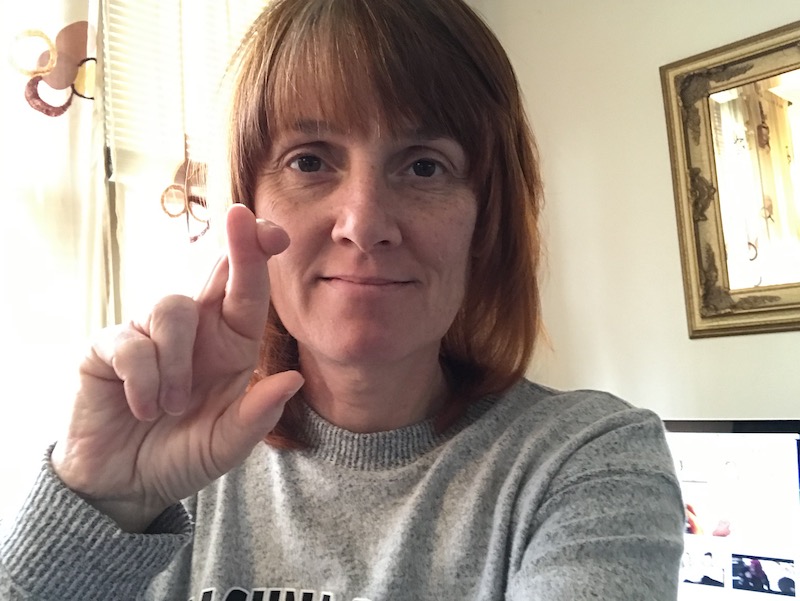I became a website developer in 2012 when I was unemployed and 42 years old. Since then, I have been helping people and companies with their website problems. Along the way, I have made a few mistakes and learned some valuable lessons. Here is my list of best practices for website developers.
20 best practices for website developers.
1. Tell the truth.
If you don’t know how to do something, then say so. It’s really okay to not know everything. Honesty pays off in many ways. Customer loyalty is one of them.
2. Be transparent.
If you are outsourcing some or all of your project, then talk about it in your proposal.
3. Outsource some of your work
You are just not that good at everything. Your client will get a better finished product when you outsource the things you’re not good at. I outsource graphic design, branding, and advertising. I even outsource some things I am good at like copywriting because I can’t deliver copywriting quickly when I’m the one doing the writing.
4. Encourage your clients to own their digital assets.
Domain name. Hosting account. Social profiles. Do not assign yourself ownership of these important properties. Don’t ever be in the position of declining your client access to their own website files because you put them on your own server.
5. Complete projects.
Be prepared to provide a full refund if you can’t complete a project. Or, pay out of your own pocket to make sure somebody gets the work done. I’ve done both.
6. Part ways with dignity.
Make it easy to break up with you. Why would you want to hold a client and their digital property hostage? My parting words are always, “Thank you for trusting us with your business” and “We will be here if you need us in the future.”
7. Get paid faster.
Who said 50% deposit and 50% upon completion was a good idea? Not me. Instead, get a 1/3rd deposit, 1/3rd at 30 days, and the remaining 1/3rd upon project completion. This approach ensures you are paid for 2/3rds of your work fairly quickly and prevents client foot-dragging near the end of the project.
8. If your client wants a duck, then give them a duck.
Don’t force your big (expensive) ideas on your client. They may end up committing with reservations. Your client will be on high alert for all the reasons why this was a bad idea and you will be thrown under the bus.
9. Make sure they know the duck poops.
Sometimes clients have bad ideas. Help them understand why it’s a bad idea to put a slider with 18 animated slides at the top of their homepage. They will make an informed decision; they might do it anyway, but their choice won’t be a reflection of your work.
10. Pick up after yourself.
Delete the slew of unused/unneeded plugins and themes on the website.
11. Sweat the small stuff.
Take the extra time to do the work correctly. Resize large images before uploading them to the website. Avoid uploading images of 1MB or larger. Details matter.
12. Have someone else test your work before delivering your finished product.
You’ve been staring at the website for so many hours that you can’t see it anymore! Have someone you trust go through it while you watch. Have them click on every link.
13. Speak in ways you can be understood.
Take a minute to remember what it was like to learn website development. You didn’t know all of the terminology. Slow down and simplify your language for the sake of your client. It will pay off in overall better understanding on both sides.
14. Pick up the phone.
Email is not always appropriate. Especially if your client is upset or confused. Even when a client tries to have an important conversation with me via email, I will direct them to schedule a phone call with me.
15. Use instant video to explain and teach.
Instant video tools such as loom are powerful time-savers and effective in helping clients understand you. I use instant videos throughout my workday to efficiently respond to questions from my staff and clients. Answers which used to require lengthy written descriptions and annotated screenshot attachments are now a snap with instant video.
16. Be responsible for your mistakes.
If you messed up something, fix it on your own time. Don’t charge your clients for your mistakes.
17. Research and troubleshooting is a service.
Research and troubleshooting of problems is a normal part of our work. It’s not free. Help your client understand this aspect of our work as a service.
18. Build in a time-limited support period after the project launch.
Prevent the project from never ending. Make it clear how much time is available and what the cost of additional support will be.
19. Have a single point of contact at your client’s business.
Invited to the team meeting to brainstorm about the website? I will show up for this meeting just once. While I’m there, I explain why it’s important for them to have these meetings without me. A single point of contact with decision making authority is more efficient and less expensive.
20. Leave your company name off of the website footer.
Your client’s website is not your billboard–even if they do love you.
This list is pulled from a previously published post: Clowntown, we have a problem.









